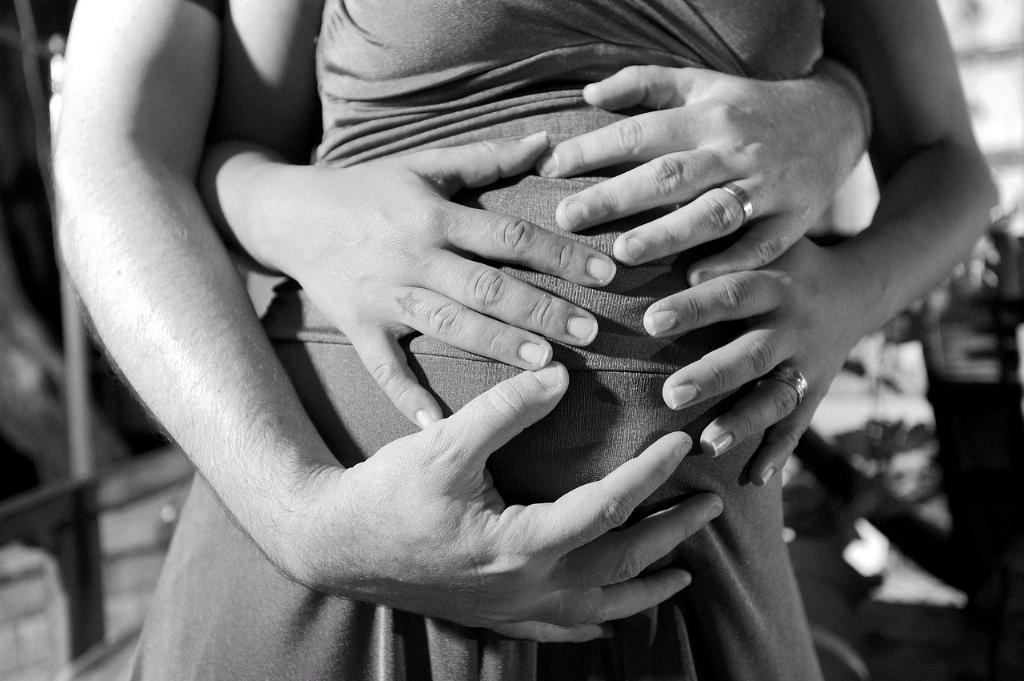During pregnancy, many women experience various physical changes and discomforts that may raise concerns about their health and well-being. Two common issues that pregnant individuals may face are carpal tunnel syndrome and preeclampsia. Understanding the differences between these conditions is crucial for proper diagnosis and treatment. Let’s delve into the distinct characteristics of carpal tunnel syndrome and preeclampsia to help you differentiate between the two.
What is Carpal Tunnel Syndrome?
Carpal tunnel syndrome is a condition that occurs when the median nerve, which runs from your forearm into the palm of your hand, becomes compressed or squeezed at the wrist. This compression can lead to symptoms such as pain, numbness, tingling, and weakness in the hand and arm. During pregnancy, hormonal changes and fluid retention can exacerbate carpal tunnel symptoms, causing discomfort and difficulty performing daily tasks.
Recognizing the Symptoms of Carpal Tunnel
If you are experiencing carpal tunnel syndrome during pregnancy, you may notice symptoms such as numbness or tingling in your fingers, particularly the thumb, index, middle, or ring fingers. You might also experience pain or a burning sensation in your hand or wrist, especially at night. These symptoms can worsen when performing activities that involve repetitive hand movements, such as typing or holding a phone.
Understanding Preeclampsia
Preeclampsia is a serious condition that can occur during pregnancy, typically after 20 weeks. It is characterized by high blood pressure and signs of damage to other organs, such as the liver and kidneys. Preeclampsia can lead to complications for both the pregnant person and the baby if left untreated. Symptoms of preeclampsia may include severe swelling, especially in the face and hands, along with headaches, vision changes, and abdominal pain.
Differentiating Between Carpal Tunnel and Preeclampsia
While carpal tunnel syndrome primarily affects the hands and arms, preeclampsia is a systemic condition that can have broader implications for your health. If you are unsure whether you are experiencing carpal tunnel or preeclampsia, it is essential to consult with your healthcare provider for a proper evaluation. Your provider can perform tests, such as blood pressure monitoring and urine analysis, to determine the underlying cause of your symptoms.
Seeking Medical Evaluation for Proper Diagnosis
If you are experiencing symptoms that may suggest either carpal tunnel syndrome or preeclampsia during pregnancy, do not hesitate to seek medical attention. Prompt diagnosis and appropriate management are crucial for ensuring the health and well-being of both you and your baby. Your healthcare provider can offer guidance on lifestyle modifications, symptom relief measures, and potential treatment options to address your specific condition.
Managing Symptoms and Promoting Health
Regardless of whether you are dealing with carpal tunnel syndrome or preeclampsia, taking steps to manage your symptoms and promote overall health during pregnancy is vital. This may involve practicing proper hand and wrist positioning, using supportive devices, such as splints or braces, and maintaining a healthy lifestyle with regular prenatal care and monitoring. By prioritizing self-care and following your provider’s recommendations, you can navigate these challenges with confidence and ensure a positive pregnancy experience.
Conclusion
In conclusion, distinguishing between carpal tunnel syndrome and preeclampsia during pregnancy is crucial for addressing your specific health needs effectively. By understanding the distinct characteristics and symptoms of these conditions, you can seek timely medical evaluation and appropriate management to safeguard your well-being and that of your baby. Remember to communicate openly with your healthcare provider, follow recommended guidelines for symptom relief and lifestyle adjustments, and prioritize self-care throughout your pregnancy journey.

